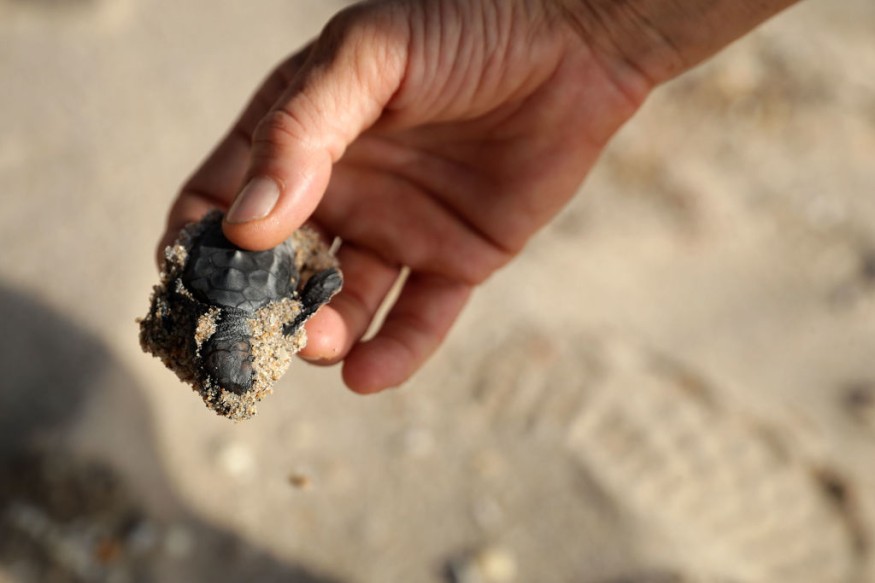
Recent research showed that marine turtles could become endangered due to the impact of microplastics on sand properties, including nest productivity and hatchling.
Researchers looked into the potential threat of microplastics on marine animals or populations, raising concerns over the Impact on aquatic animals and biodiversity.
According to the NOAA, plastic is a global problem that can affect oceans. Microplastics could likely break into smaller particles, called microplastics.
- The report explained that birds and aquatic animals could likely consume the microplastics.
Microplastics' Impact on marine turtles
In the recent research of the Florida State University, the researchers noted that microplastics could help alter the sand properties, increasing beach temperatures.
According to the report, the study was published on Frontiers in Marine Science and Phys.org's website.
With the growth of plastics on beaches, the report noted that plastics became common debris in marine areas. The increasing production of plastics could harm the environment.
As a result, the researchers observed the microplastic effect on the thermal temperatures, especially for the nesting habitats of marine turtles.
Incubating marine or sea turtles can be sensitive to temperature changes that could affect their hatchlings.
Furthermore, the success of incubating healthy babies could depend on healthy beaches in coastal areas.
The research explained that microplastics can influence or affect the sand properties in coastal areas.
According to the report published in Phys.org, the study's lead author Mariana Fuentes said it is significant to understand the temperature changes and impacts on marine animals, including turtles.
Fuentes is also an associate professor at the Florida State University (FSU), Department of Earth, Ocean and Atmospheric Science.
The study's leader explained that it would help them monitor the species.
In their observations, the researchers studied the microplastics on beaches at the FSU Coastal and Marine Laboratory.
Moreover, the researchers noted that plastic concentrations were from 5% to 30%. They observed the effect of white and black microplastics.
At the same time, they looked into the recorded temperatures (July through September 2018).
Based on the study, the researchers discovered that an increase in temperatures could likely with higher plastic concentrations.
Meanwhile, the black plastic with 30% concentrations recorded the said higher mean difference in terms of the temperatures found.
More research on microplastics' Impact on the marine environment
The study published in Frontiers in Marine Science highlighted the crucial role of research in studying the temperature increase on sand properties.
As a result, the researchers noted that the current study would help future researchers to look into the effect on the nesting areas.
Moreover, the report explained that 30% of the samples' microplastic concentrations is 9.8 million pieces per cubic meter.
On the other hand, the highest contrations that were reported reached 1.8 million pieces per cubic meter.
While the reported concentrations were lower, it is best that researchers also explore other areas or beaches with higher microplastic concentrations.
Recently, Nature World News reported that seabirds are affected by a new disease called Plasticosis that can affect the seabirds' digestive systems.
Related Article : About 200 Million People Under Flooding Threat Due to Plastic Pollution, New Research Warns
For more similar stories, don't forget to follow Nature News.
© 2025 NatureWorldNews.com All rights reserved. Do not reproduce without permission.





